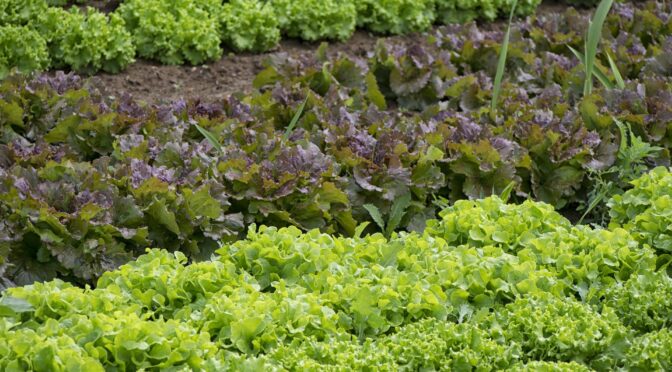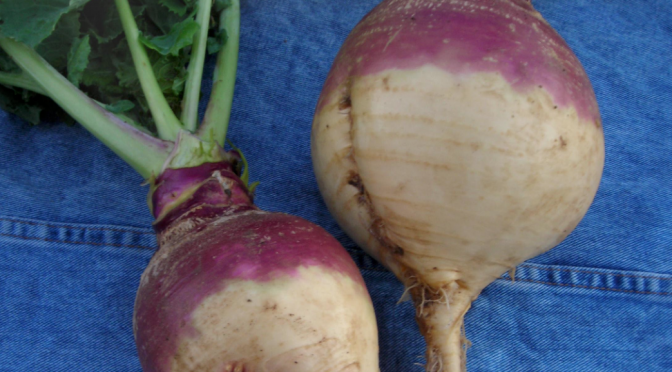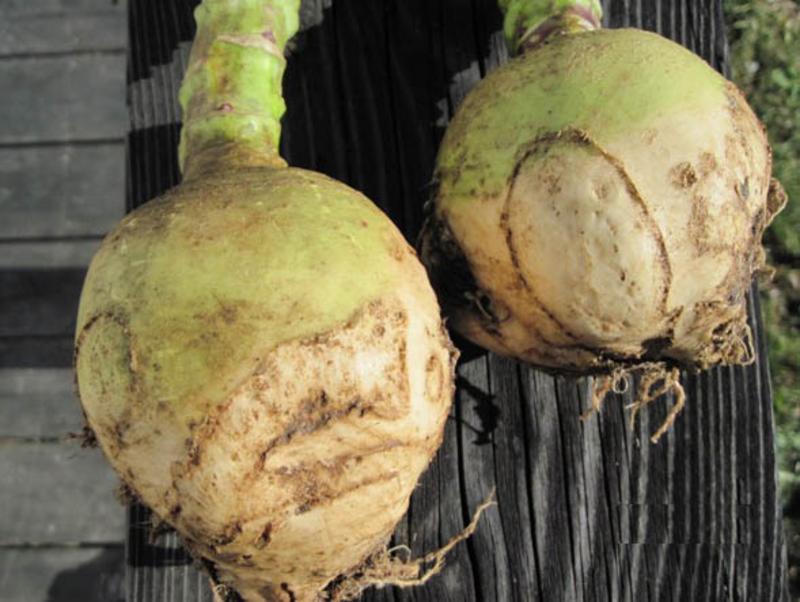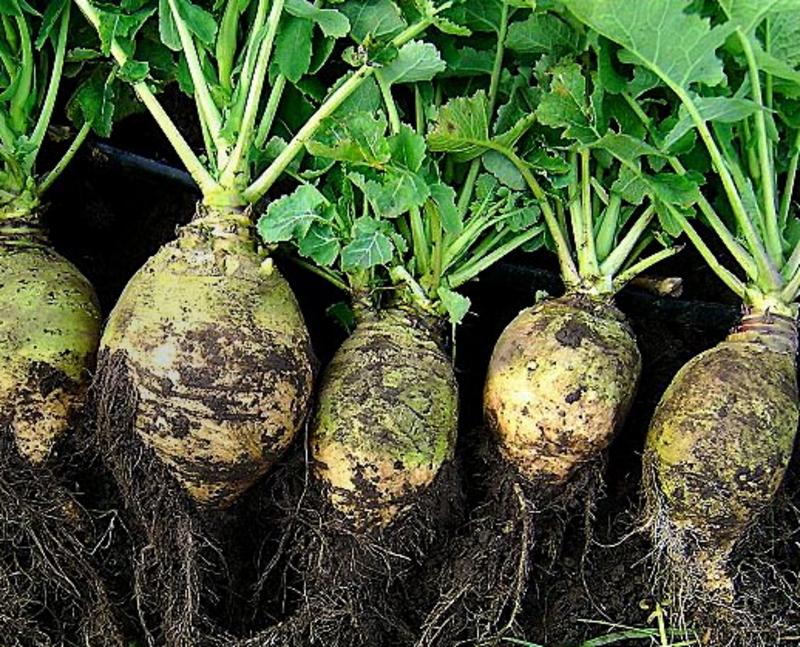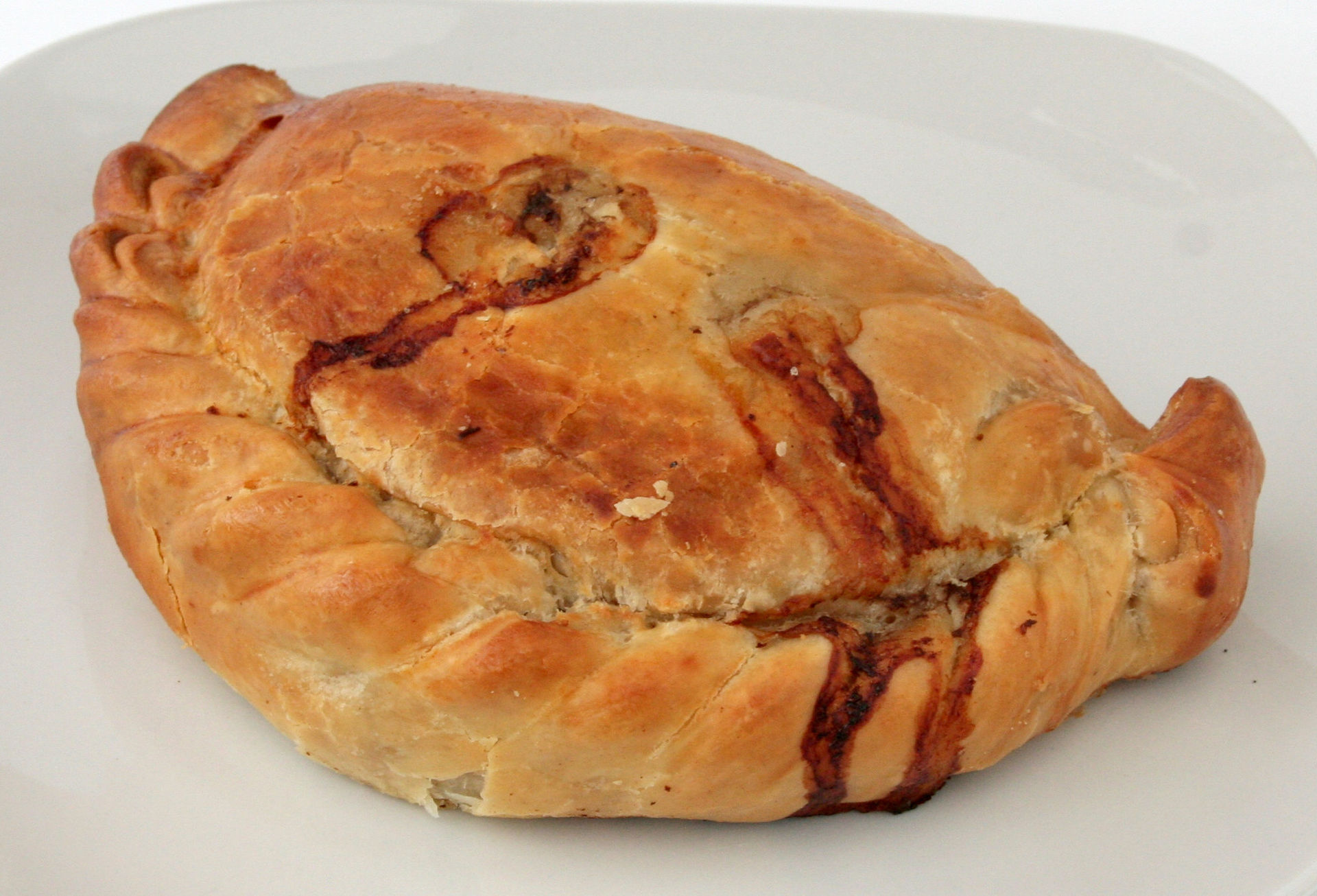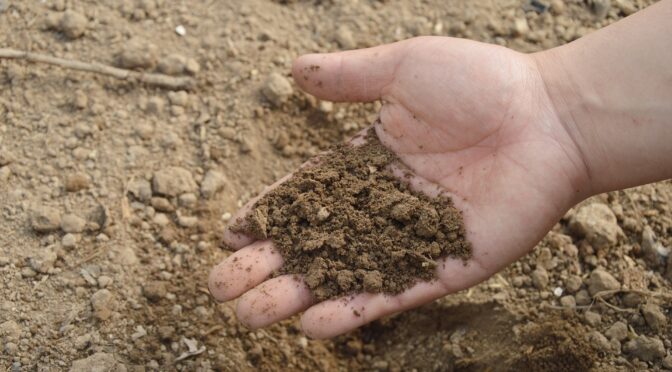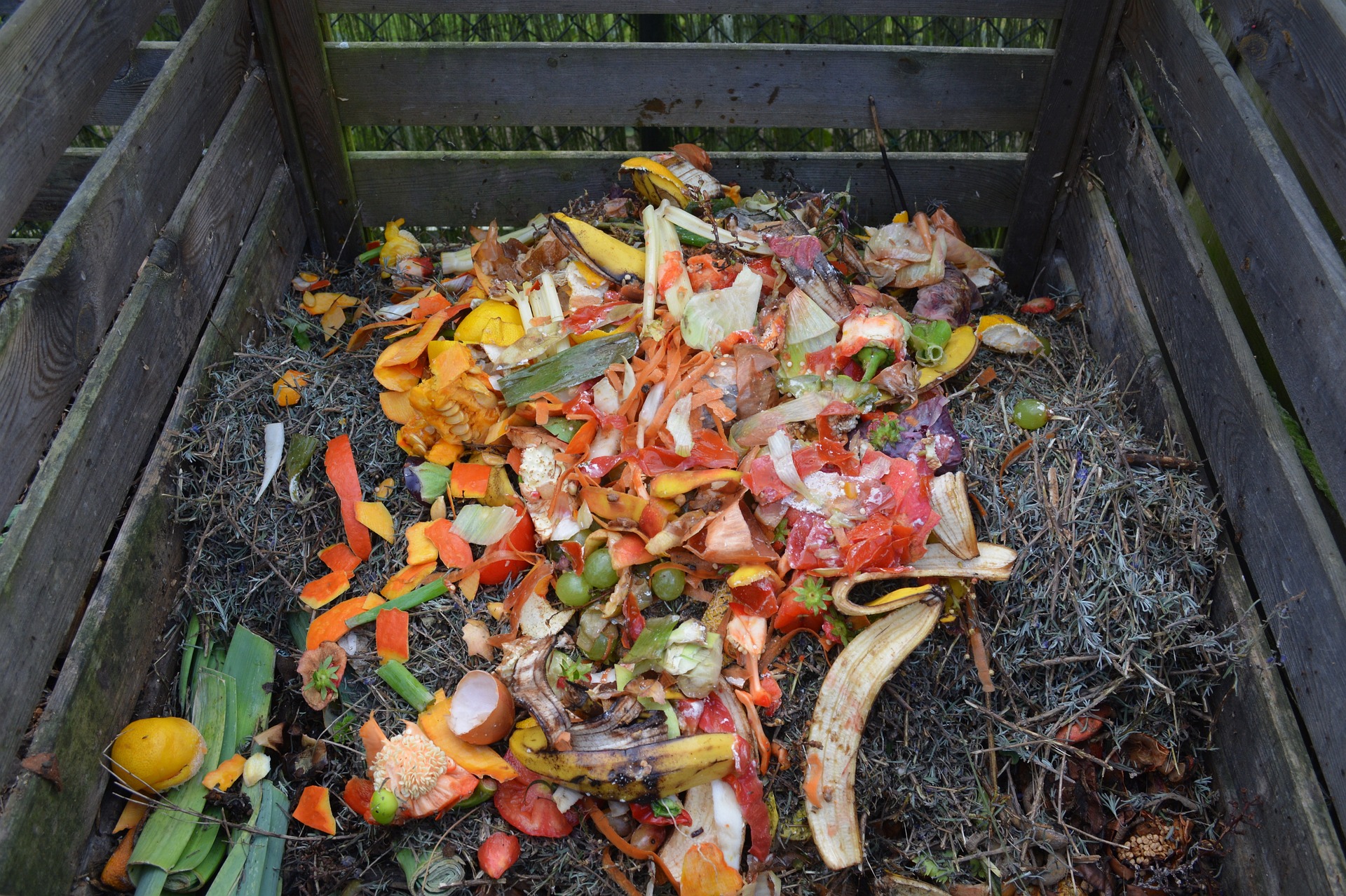Over the last few weeks, we’ve been preparing beds and sowing many of our fall crops, such as lettuce, radishes, and cabbages, here at Southern Exposure. Unfortunately, temperatures in our zone 7a and gardens farther south rarely cooperate. The 90°+ days we’ve been experiencing are far from ideal for these cool-season plants. Unfortunately, we can’t always wait until the temperatures start to dip. We need these plants to mature before cold temperatures and the dwindling light of late fall and winter set in. That’s why this week, we’re sharing our favorite tips to help you start your fall garden in hot weather.
Use Your Refrigerator or Other Cool Spaces
One of the biggest struggles with high temperatures is getting sensitive seeds like lettuce to germinate. Most lettuce germinates best around 75°F but will germinate at temperatures as low as 40°F. Rather than direct sow them or sow them in flats outdoors, we start our fall lettuces indoors and place the flats into the refrigerator for 4 to 6 days. If you don’t have space in your fridge, you could try another area that stays cool, like a root cellar. Just keep an eye on them; they need light once they germinate!
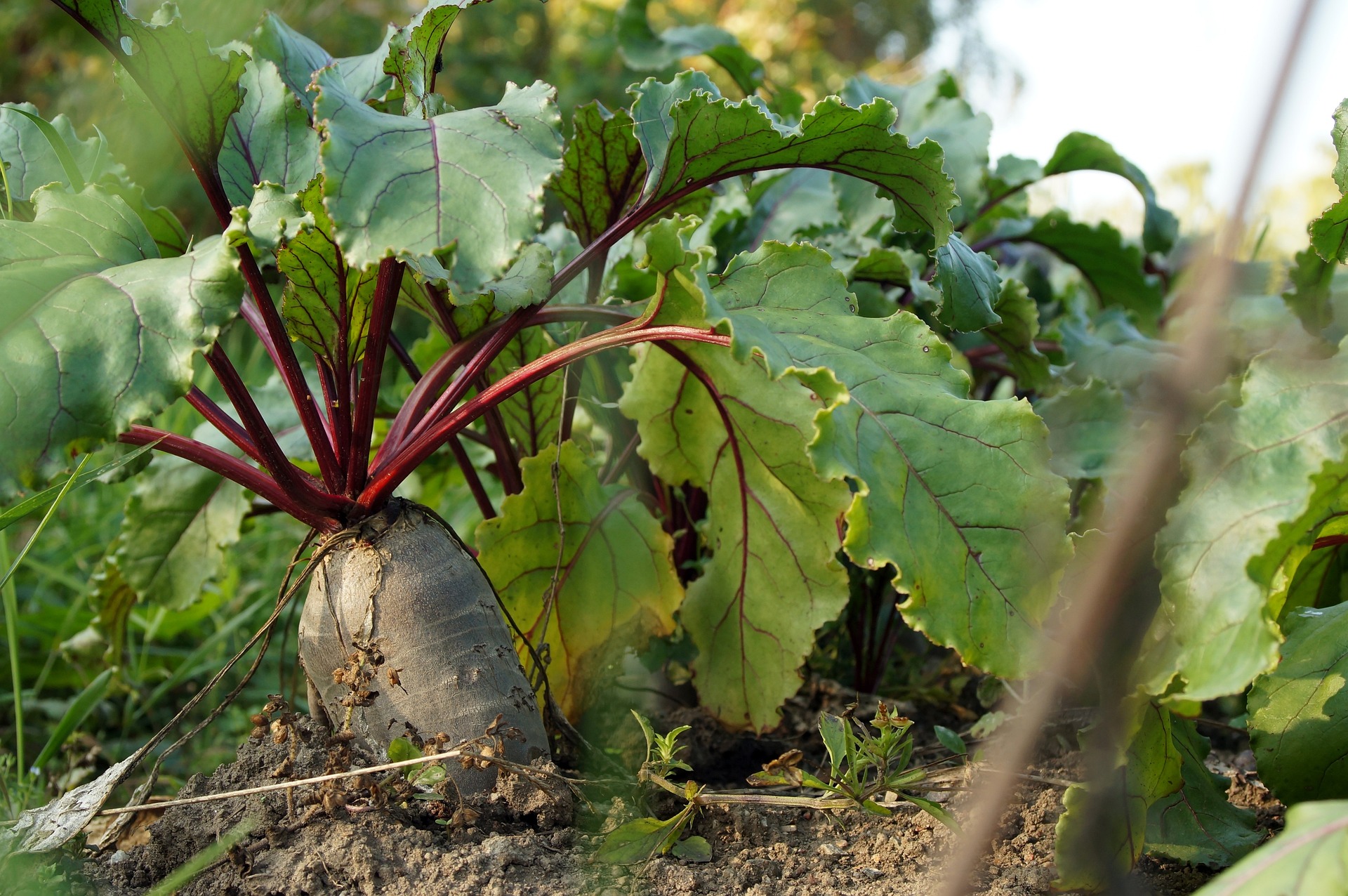 Keep Soil Cool and Moist with Boards, Burlap, or Cardboard
Keep Soil Cool and Moist with Boards, Burlap, or Cardboard
While our previous method works well for crops like lettuce or broccoli sown in flats, some crops like carrots don’t thrive as transplants. For these crops, we direct seed them into moist soil and then immediately cover the soil with boards, thick cardboard, or burlap. This ensures the soil stays cool and moist while the seeds germinate. However, you must check them and remove the covering as soon as they germinate. They’ll be leggy, pale, and weak if left covered too long.
Use Row Cover
We use row cover at Southern Exposure during every season, but in August, it’s handy for providing cool-season crops with some relief from the heat. Light row cover or shade cloth offers some protection from the sun’s harsh rays, keeping your plants and the soil they’re growing in cooler. It also keeps insects off young plants.
Select Appropriate Varieties for the Fall Garden
Some varieties do better in this season than others. You’ll notice that many crops that are good for the fall garden, say so in their name. Some of our favorites like this include Black Spanish Round Fall Radish, Snowball Y Fall Cauliflower, and Winter Bloomsdale Spinach. However, for some, you’ll need to dig through the description. For those in the Deep South, it can be helpful to look for heat-resistant crops like Jericho Romaine Lettuce this time of year.
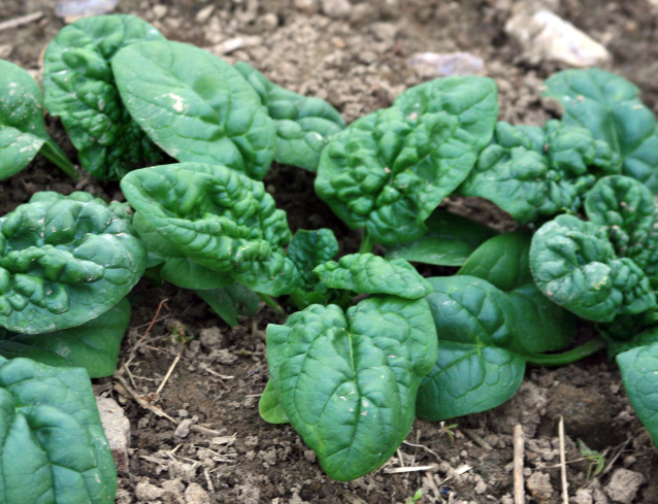
Find Your Exact Sowing Window
Depending on your zone, you may also be able to wait until later to plant certain crops. We recommend using our garden planner or a similar app for exact planting windows for your zip code.
You can also do things the old-fashioned way. To calculate your last possible sowing date, you must find your estimated first frost date and your variety’s estimated days to maturity.
If you’re direct sowing a crop, add 14 days to the days to maturity; if you’re transplanting, add 14 to 28 days. Take this number and count backward from your first frost date to get your last possible sowing date, ensuring your crop reaches maturity before frost.
Note that many crops will tolerate light frosts or can be protected with row cover or a hoop house. However, even in hoop houses that are kept warm, production dwindles in the fall as the days get shorter and shorter.
Maintenance is Essential for the Fall Garden
Maintenance is crucial during hot weather, which can stress plants. Keep up with consistent watering and weeding. Place mulch around plants as soon as possible to keep the soil cool and moist and to suppress weeds. You can use wood chips, straw, grass clippings, or old leaves.
Getting started on a fall garden can be challenging when temperatures are still high, but getting crops in on time is essential. Using these tried and true methods can help you succeed with a fall garden, no matter what the weather looks like outside.

